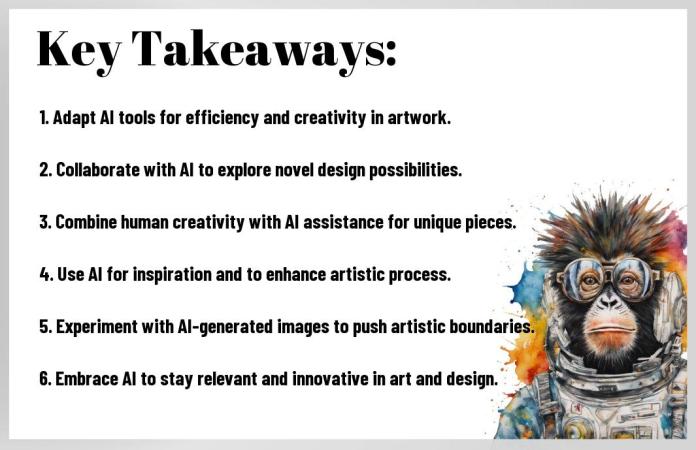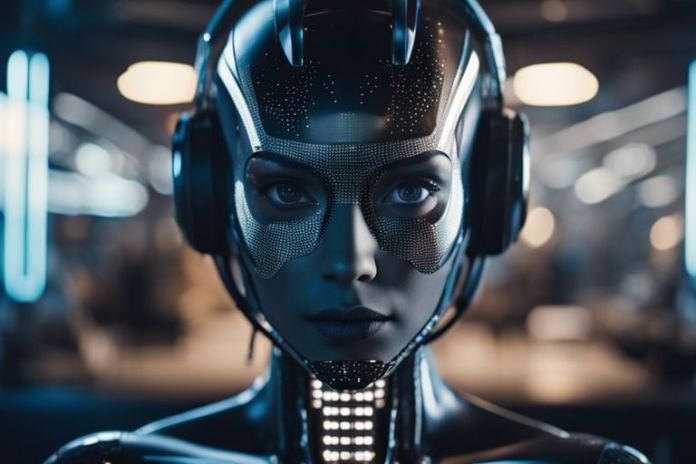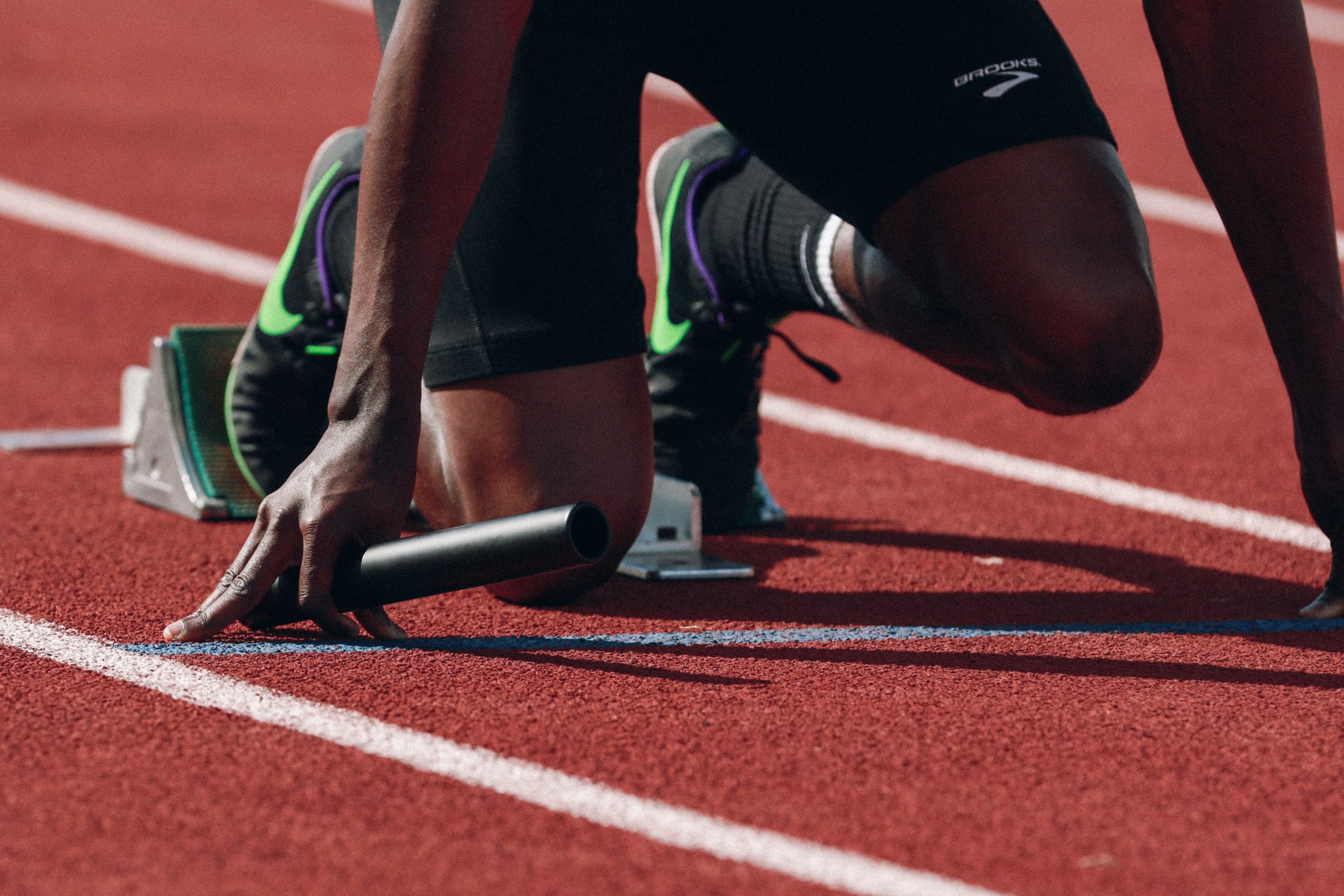Creativity in the digital age has taken a revolutionary turn with the advent of AI-generated images. Artists and designers can now harness the power of artificial intelligence to enhance their creative process and push boundaries like never before. From generating unique textures and patterns to creating hyper-realistic visuals, AI technology offers a multitude of possibilities for innovation. However, it is essential that creators understand the implications of using AI-generated images, including concerns related to intellectual property rights and ethical considerations. By adopting this cutting-edge technology responsibly, artists and designers can open a new realm of artistic expression and redefine the boundaries of visual storytelling.

Understanding AI-generated images
Unbeknownst to many artists and designers, professional artists have adopted AI art as a tool for their creative expression. To fully appreciate and integrate AI-generated images into their work, it is crucial to understand how these images are created and the technology that powers them.
Definition and Types of AI Image Generators
Image Details Style Transfer Applies the style of one image to another GAN (Generative Adversarial Networks) Use two neural networks to generate new content Deep Dream Enhances and modifies images in a dreamlike way Pix2Pix Transforms sketches into realistic images Transfer of neural style Merges the style of one image with the content of another
After understanding the types of AI image generators available, artists and designers can choose the ones that best suit their vision and creative goals.
The technology behind the art of AI
Understanding the technology behind AI art is necessary for artists and designers looking to leverage AI-generated images in their work. AI-generated images are created using complex algorithms and neural networks that can automatically generate images based on models and data they are trained on. These images can range from stunning works of art to potentially misleading deepfakes, so it’s essential that creators have a solid understanding of the technology at play.
Integrating AI into artistic practices
Collaboration opportunities between AI and artists
By taking a proactive approach, artists can explore opportunities to collaborate with AI to push the boundaries of traditional art forms. By working alongside AI systems, artists can leverage the technology’s ability to rapidly generate and iterate visual concepts, leading to innovative and unexpected results.
Techniques for merging AI imagery with conventional art
On the technical side, artists can experiment with various techniques to blend AI-generated images with traditional art practices. An understanding of image manipulation software, machine learning algorithms, and creative coding can allow artists to seamlessly integrate AI-generated elements into their artistic creations.
With this approach, artists can create a seamless fusion of human creativity and artificial intelligence, opening up new possibilities for artistic expression. By integrating AI-generated images into their work, artists can tap into a vast source of inspiration and explore uncharted territories in the visual arts.
Ethical considerations and intellectual property
After How AI will impact graphic design in the future, artists and designers are increasingly turning to AI-generated images in their creative process. However, as they delve deeper into this new technology, they must consider the ethical implications and navigate the complex landscape of intellectual property rights.
Navigating the ethical landscape of AI in art
The landscape of AI in art raises questions about authorship, authenticity and the potential for exploitation. Artists must navigate these ethical considerations by being transparent about their use of AI tools, ensuring that the work generated does not infringe on the rights of others, and considering the implications of creating ‘an art that blurs the boundaries between human creativity and machine creativity.
Managing Copyright and Ownership with AI-Generated Art
Copyright in AI-generated artwork can be a gray area, as the traditional understanding of ownership and authorship becomes confusing. Artists must be vigilant in understanding and following copyright laws when using AI to create images. They should also consider the implications of selling or licensing AI-generated artwork, as ownership rights and legal responsibilities may differ from those of traditional art.
Intellectual property rights are at the heart of all artistic activity, and with the integration of AI into the creative process, it is crucial for artists and designers to proactively address these concerns. While AI offers exciting new possibilities for artistic expression, it also poses challenges in terms of ownership, authenticity and ethical standards. By staying informed, respecting copyright laws, and approaching AI-generated art with integrity, artists can embrace this technology while still upholding ethical and legal standards in their work.
Prepare for the future
Once again, it is imperative for artists and designers to stay up to date with the latest technological advancements in AI in order to improve their creative processes. To delve deeper into the intersection of AI and art, see AI in Art: Seizing Opportunities for Designers.
Adapting to evolving AI technologies
The future of art and design is closely linked to the rapid advancement of AI technologies. Artists and designers must adapt to the changing landscape of AI-generated images to stay relevant in their field. Staying up to date with the latest tools and techniques in AI-generated art will be crucial to taking advantage of the opportunities that AI presents.
Strategies for Staying Relevant as an Artist or Designer
Future technologies are reshaping the artistic landscape, presenting both challenges and opportunities. Staying relevant as an artist or designer in the age of AI requires a willingness to embrace new technologies and experiment with innovative approaches. By combining traditional artistic skills with AI-powered tools, creatives can improve their work and expand their creative horizons.

Conclusion
Bringing together the creative potential of artificial intelligence with the vision and skills of artists and designers can lead to innovative and groundbreaking works of art. Adopting AI-generated images in their work allows artists to explore new techniques, push boundaries and improve their creative processes. By recognizing the collaborative potential of AI, artists and designers can unlock a world of endless possibilities, shaping the future of artistic expression in exciting ways.
Originally published in The European Times.
source link eu news




















